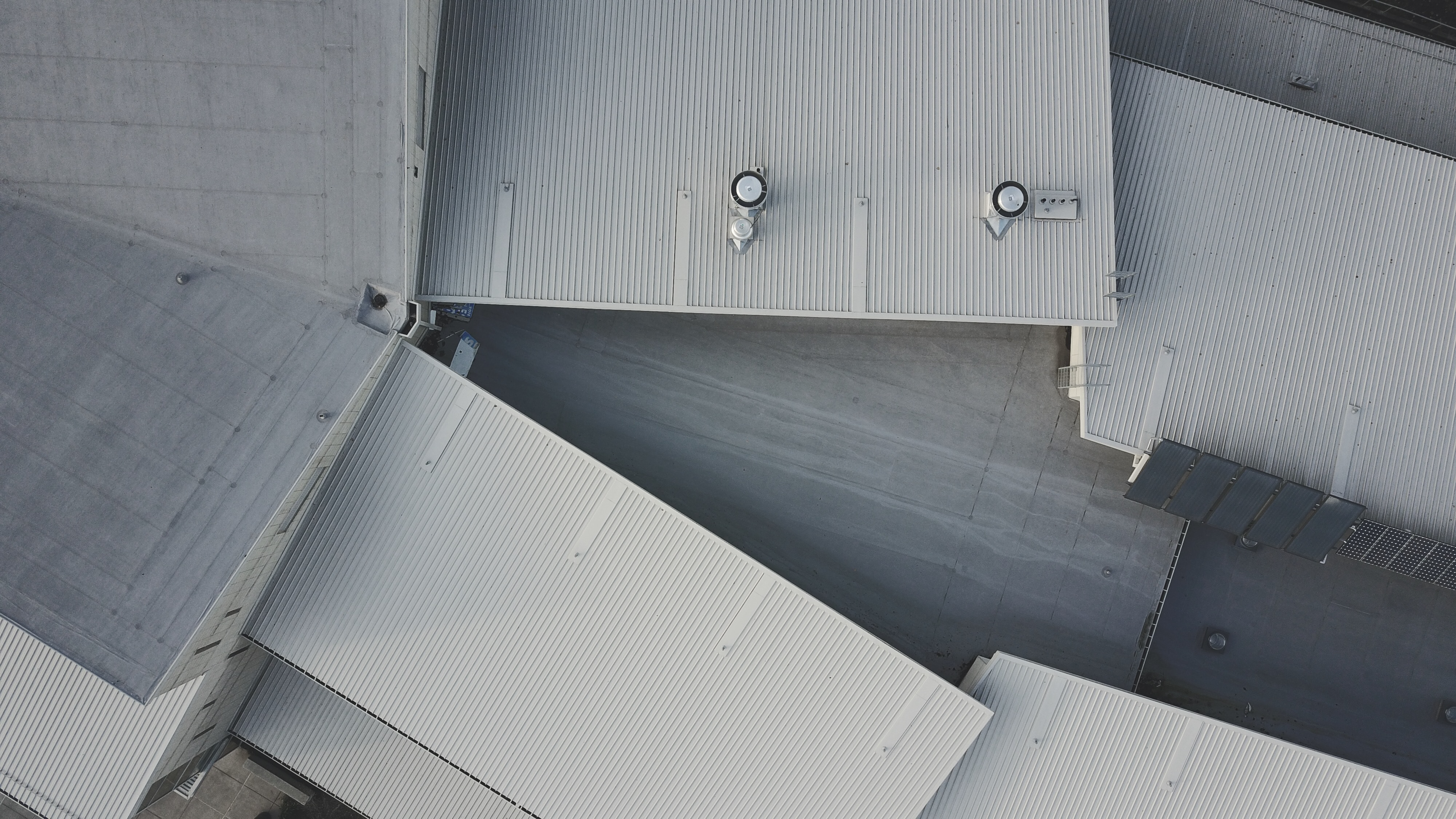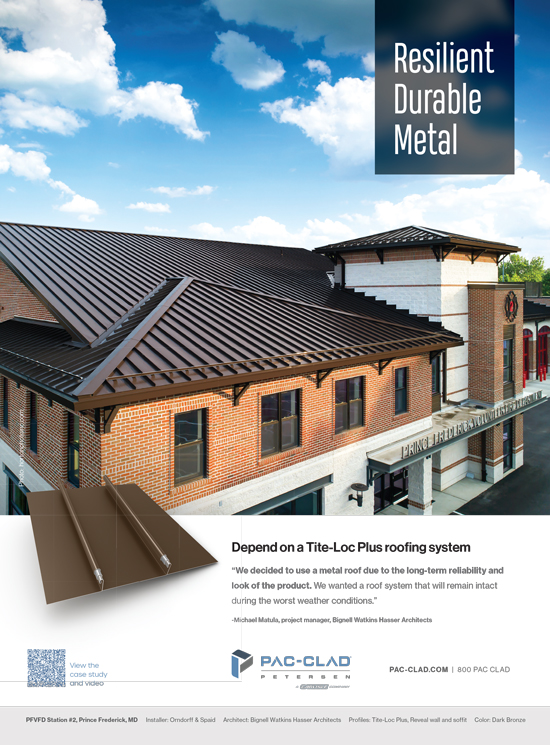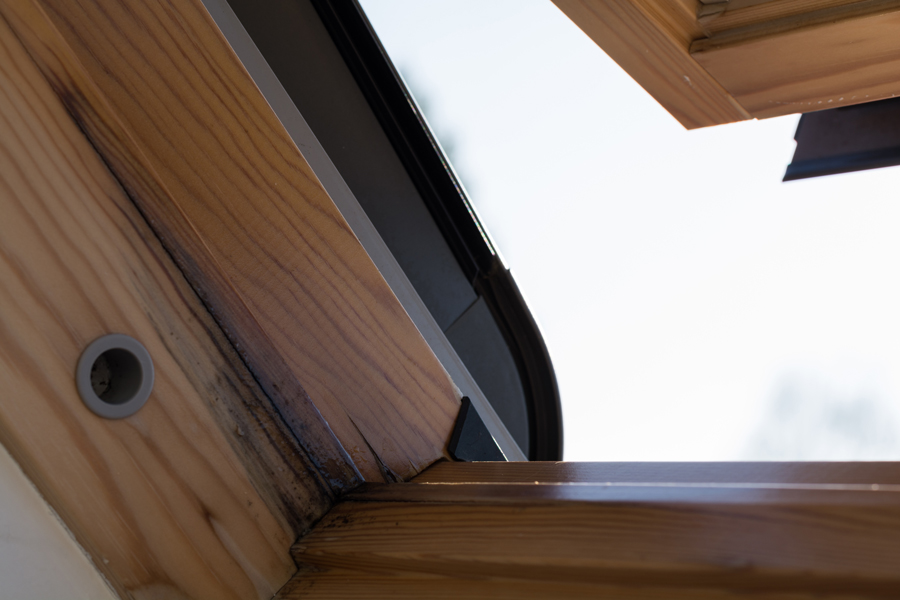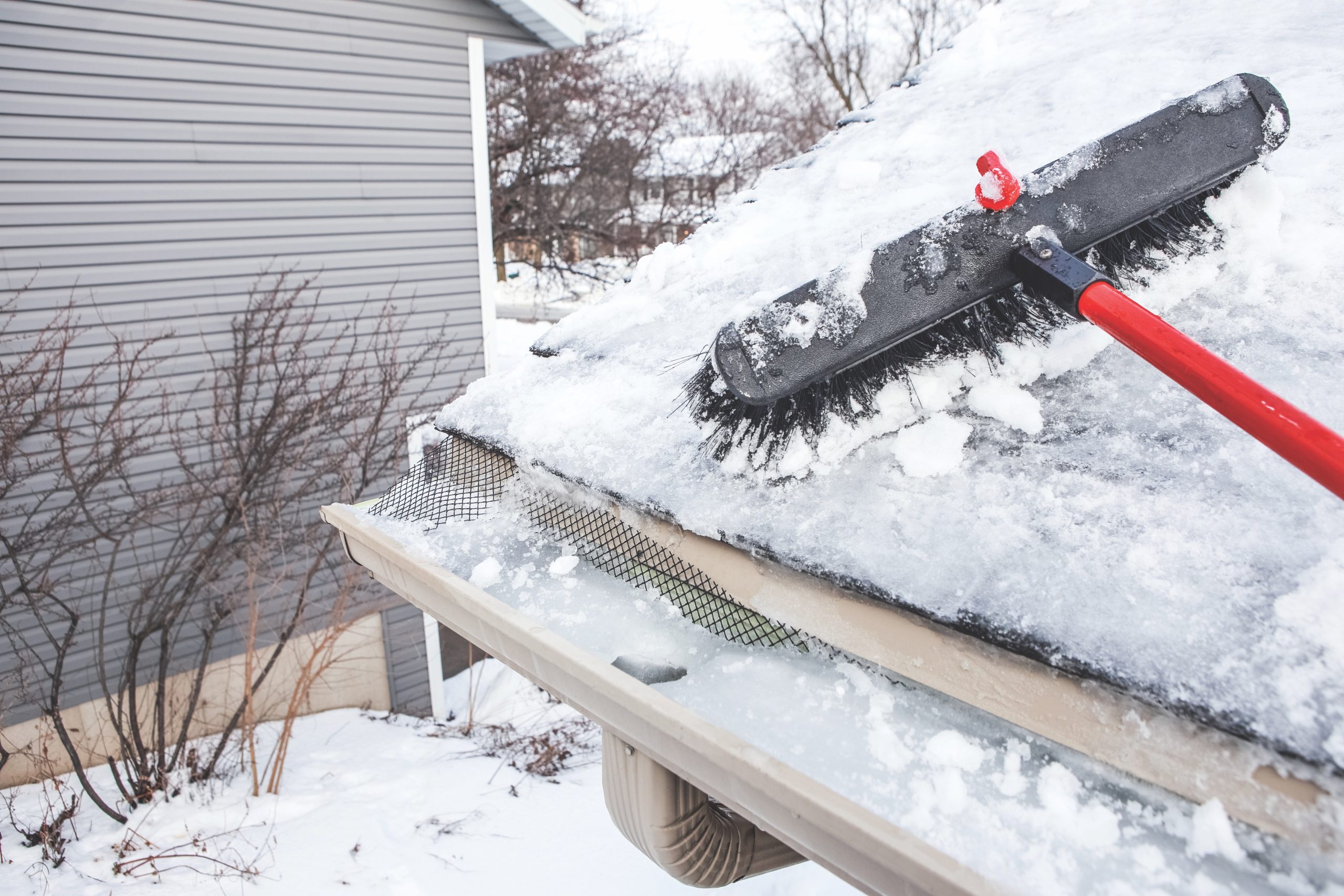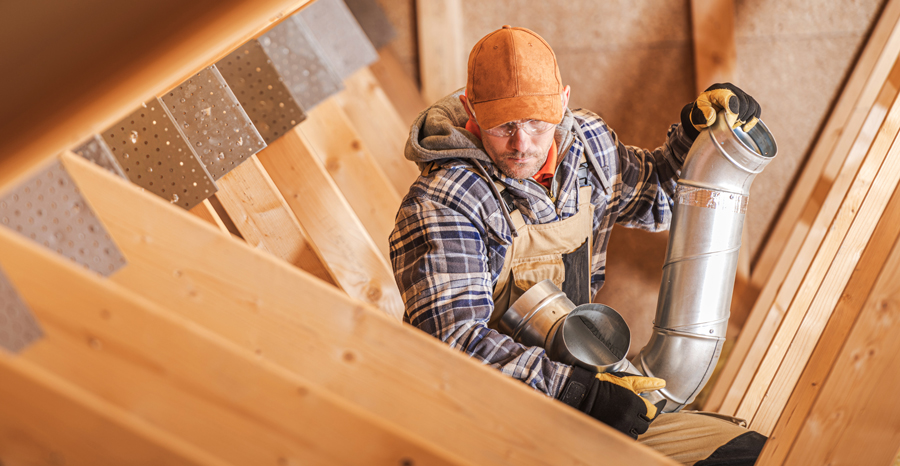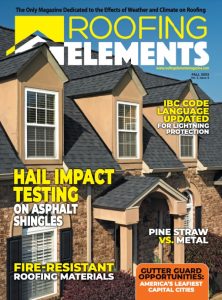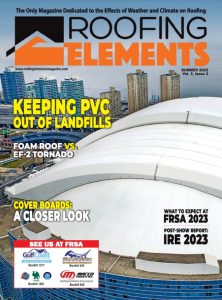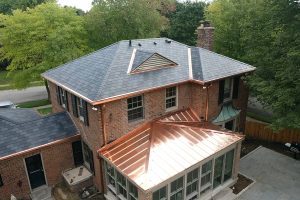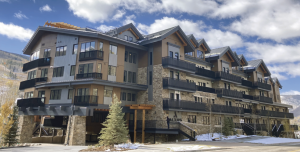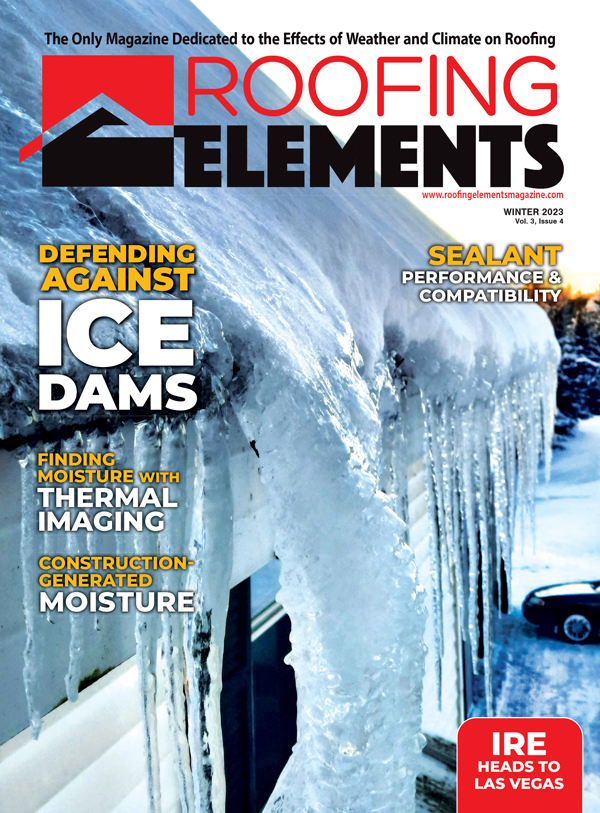BY MARCO INDUSTRIES
A well-ventilated roof is crucial for maintaining the integrity and longevity of a building. Inadequate roof ventilation can lead to a host of expensive problems, ranging from increased energy costs to structural damage. Properly ventilating the roof in the first place is the best defense against these challenges, of course. But what if it’s an existing roof with existing ventilation? Identifying the signs of poor ventilation as soon as possible can help prevent further complications.
Four major signs that your roof is not adequately ventilated:
Excessive Heat and Moisture:
One of the most noticeable signs of inadequate roof ventilation is the accumulation of excessive heat and moisture in the attic or living spaces below the roof. Without proper ventilation, hot air becomes trapped, causing temperatures to rise, especially during the summer months. This can result in uncomfortable living conditions, increased reliance on air conditioning, and higher energy bills. Additionally, moisture buildup occurs due to condensation, leading to mold and mildew growth, which can deteriorate the structure of the roof and pose health risks to occupants. Be vigilant for damp spots, peeling paint, or visible mold growth, as they indicate poor ventilation and require immediate attention.
Roofing Material Damage:
Inadequate ventilation can have a detrimental effect on roofing materials. Excessive heat and moisture can accelerate the degradation of shingles or tiles, causing them to curl, warp, or deteriorate prematurely. Over time, this can lead to leaks, which can infiltrate the interior of the building, causing damage to ceilings, walls, and insulation. Regular inspections should be conducted to detect signs of wear and tear on roofing materials, including cracks, blistering, or discoloration. Such issues are often indicative of inadequate ventilation and should prompt further investigation and necessary repairs.
Energy Inefficiency:
Poor roof ventilation can have a direct impact on a building’s energy efficiency. Without proper airflow, heat becomes trapped in the attic, making it more challenging to maintain a comfortable temperature inside the structure. As a result, occupants may rely heavily on air conditioning or fans to cool down living spaces, leading to increased energy consumption and higher utility bills. By ensuring adequate ventilation, the temperature inside the attic can be regulated more effectively, reducing the strain on cooling systems and enhancing overall energy efficiency. Proper ventilation also helps prevent the transfer of heat to the living areas, enabling a more comfortable indoor environment throughout the year.
Ice Dams and Condensation:
In regions with cold climates, inadequate roof ventilation can contribute to the formation of ice dams. When warm air from the living spaces rises and becomes trapped in the attic, it can cause the underside of the roof to warm. As a result, snow on the roof melts, runs down to the cooler eaves, and refreezes, forming ice dams. These ice formations can cause significant damage to the roof, gutters, and eaves, leading to leaks and water infiltration. Furthermore, condensation can occur when warm, moist air meets colder surfaces in poorly ventilated areas, such as the attic. This can contribute to the deterioration of insulation and the growth of mold and mildew, compromising the structural integrity of the roof and potentially impacting indoor air quality.
Ventilation is one of the most important aspects of a roofing system that is often taken for granted. This is unfortunate, as inadequate roof ventilation can have serious consequences for both the structure and inhabitants of a building. The signs of poor ventilation should not be ignored. Regular inspections and maintenance, as well as consulting with roofing professionals, are vital to ensure proper airflow and prevent potential issues. By addressing inadequate ventilation promptly with proper, quality ventilation solutions, homeowners and building managers can enhance energy efficiency, prolong the lifespan of roofing materials, mitigate structural damage, and provide a healthier and more comfortable living environment for occupants.
If you have questions about proper roof ventilation, such as understanding the varying quality and performance among the different types of roof ventilation, consult a ventilation expert. It will save expensive hassles and headaches in the future.
Marco Industries [www.marcoindustries.com] provides ventilation and accessories for metal and steep-slope roofs. Headquartered in Tulsa, Oklahoma, the company operates a central manufacturing plant and five distribution facilities throughout North America, serving customers through a network of vetted distributors.

